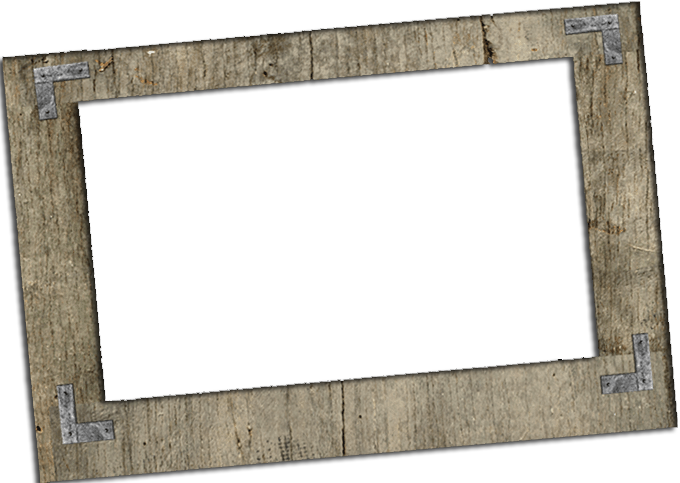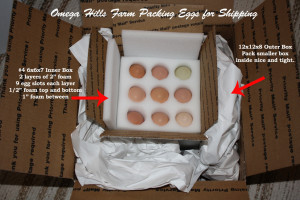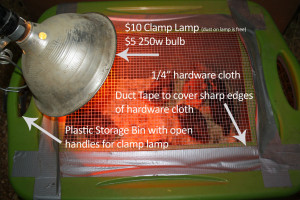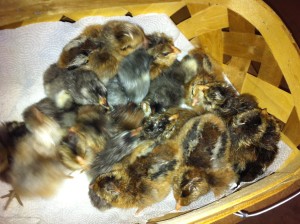You ship eggs??? How do you do that?? Do they not break during shipment?
Those are a few of the many questions we get asked on a regular basis.
Trusting the postal service to treat our packages with care is a scary and somewhat foolish idea. There are a number of dangers that any package faces during shipment. However, those dangers pose a greater threat to our fragile shipments of eggs. None of our customers want to be on the receiving end of a very expensive omelet. So take a look at the picture to see how we package each shipment to protect the eggs from damage.
First we start off with foam that is specially made for shipping eggs. Each layer of foam holds 9 eggs. We stack 2 layers in a 6x6x7 box. There are layers of foam on the top, bottom, and between the eggs. The box is then sealed up and placed inside a larger 12x12x8 box.
The smaller box is then packed in tight to prevent it from moving around during shipment. This provide the eggs with 4 layers of protection. Two layers of cardboard, one layer of foam, and one layer of packing material. On the outside of the box we label it “Live Animals” and “Fragile Handle With Care”. We also mark the top so that the eggs will ride in the proper position.
While this has proven to be the safest method for shipping eggs, it does not guarantee 100% safe delivery. If the box is run over by a forklift or thrown down a flight of stairs or even used as a soccer ball for bored warehouse workers the eggs will break. And yes we have had a few shipments in the past that appeared to have that happen to them. In those cases we filed a claim with the post office and had no troubles getting the claims approved.
So next time you are asked how people ship eggs, you can tell them exactly how we do it.






